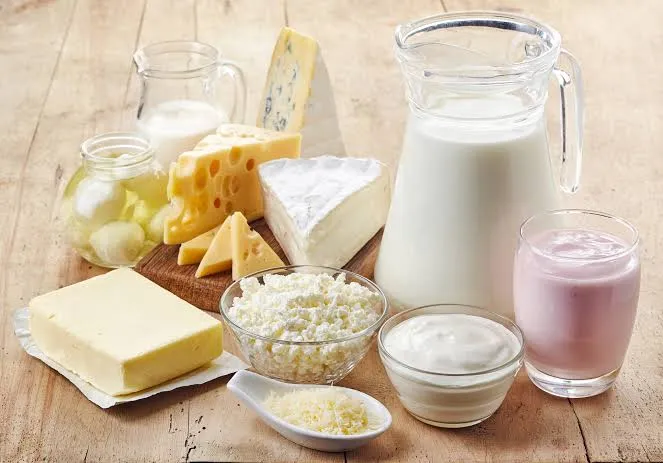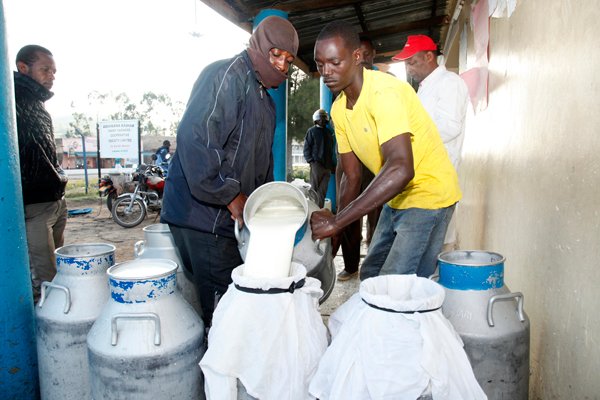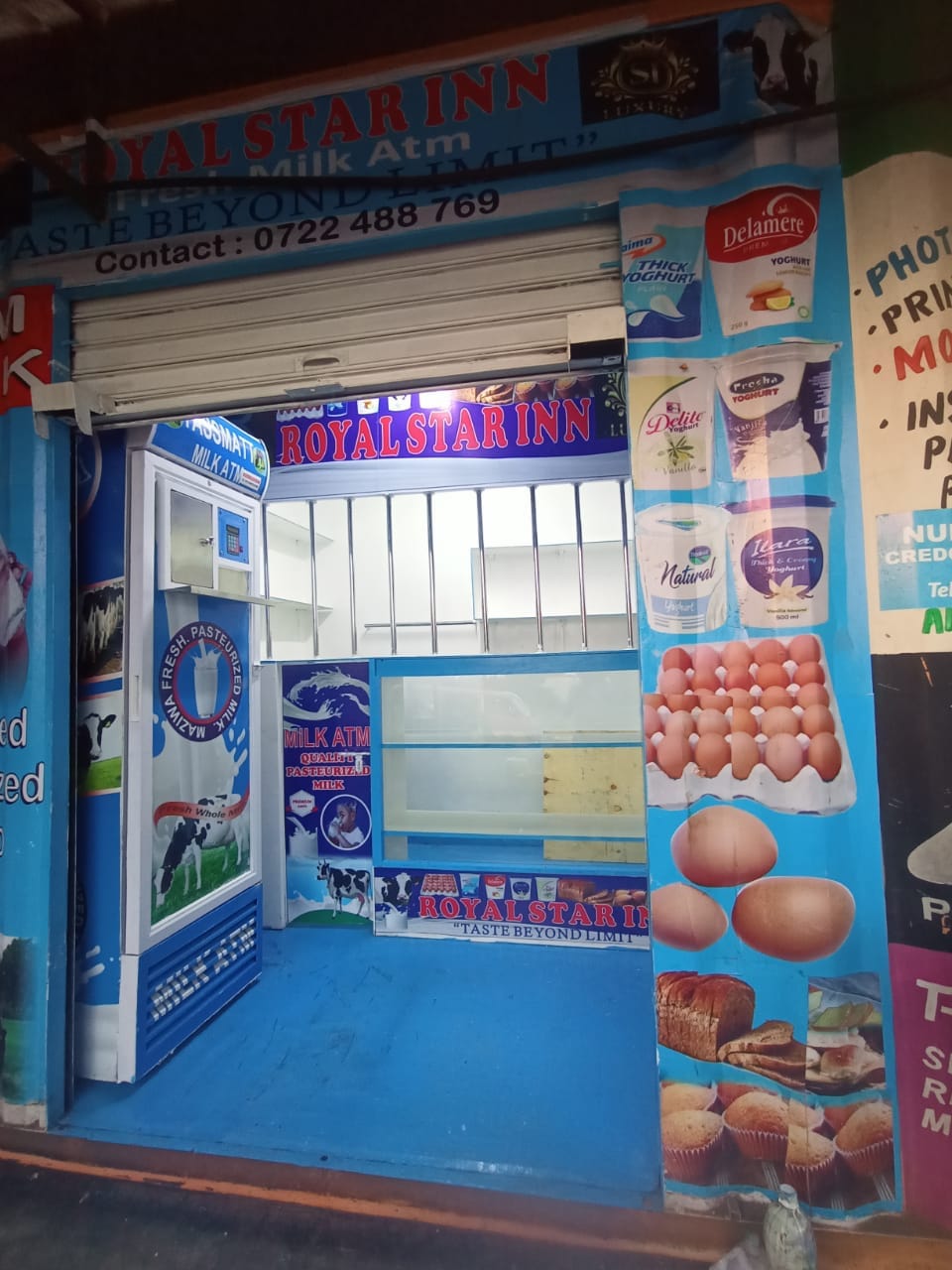Step into the heartbeat of East Africa, Kenya – whether it’s dawn, dusk, or the hours in between, you’ll witness a nation immersed in a timeless ritual: “tea sipping” this revealing the unbreakable bond between Kenyans and their beloved cup of tea
Kenya boasts of a thriving dairy industry, serving as the powerhouse of East Africa’s dairy dominance boasting with a staggering 10 billion liters produced annually.
In this milky realm, smallholder farmers are the unsung heroes, contributing over half of the country’s milk output. With 5.1 million dairy herds and a whopping 80% of producers in their ranks, these farmers fuel Kenya’s dairy might.
But wait, there’s more to this creamy tale! Milk isn’t just a beverage; it’s an economic powerhouse generating over Sh200 billion annually. It’s the lifeline for 1.5 million households woven intricately into the dairy value chain.
Kenyans’ love for milk knows no bounds. From the morning tea ritual, where it’s the star, to the irresistible allure of creamy yoghurts lining every supermarket shelf, milk is an integral part of Kenyan life infact Kenyans are the largest consumer of dairy among their East African counterparts with a staggering 110 liters per capita milk consumption and an ever-growing demand expected to rise with the population. spare the other dairy products whose consumption is on an all time high and their prices ever above the ceiling boards.
In Kenya’s vibrant dairy landscape, Kiambu leads the pack as the largest milk producer, followed closely by Nyandarua and Murang’a coming at third position.
Beneath the creamy façade, Kenya’s dairy story takes a different turn. Amidst high demand and fervent consumption, the sector grapples with a downward spiral and a staggering discrepancy between what consumers pay for milk and what these devoted farmers receive in return. The plight of these farmers, the unsung heroes behind every pint of milk, stands as a testament to the gravity of wage disparity.
To comprehend this disparity, one must venture into the heart of a Kenyan dairy farm. Amidst the picturesque landscapes, the farmer grapples with challenges unseen by most. Their toil, akin to a battle for survival, painting a harsh portrait of their relentless dedication to ensure an uninterrupted supply of milk. The shiny aluminum buckets, symbols of their labor, traverse the roads to cooling points or adorn the milk ATMs in urban neighborhoods.
Yet, behind this facade lies a tale of grit and adversity. The struggle of these farmers mirrors the enduring battle against the odds, their unwavering commitment ensuring that your morning cup of milk remains a constant delight.
Recent heavy rains have halted operations nationwide, driving up costs for consumers yet the farmer is still shouldering the heavier burden.
As The country continues to grapple with the aftermath of heavy rains, halting numerous activities, floods have hit dairy farmers hard, impeding milk delivery and exacerbating the challenges posed by poor roads, especially in rural Kenya.
Inadequate storage, infrastructure issues, diseases, delayed payments, and exorbitant prices for supplements burden these farmers leading to further setbacks, prompting some farmers to sell their milk directly in an attempt to recover losses.
Despite hurdles, Kenya’s dairy industry remains resilient. Collaborative initiatives, government backing, and infrastructure upgrades could rejuvenate this once-thriving sector. The Ministry of Agriculture, in December 2021, revised the Cooperative Act to bolster the policy framework.
Stronger oversight and penalties for misuse of authority could enhance the appeal of cooperatives. Through the Kenya Dairy Board (KDB), the government launched the Kenya Dairy Industry Sustainability Roadmap 2023–2033, aiming to double dairy farmers’ income by increasing milk production per cow.
The roadmap targets 80% of marketed milk passing through the cold chain and 60% being formally processed.
It also plans to provide on-farm coolers for farmers producing over 50 liters of milk daily and not near a cooling facility. Importation of powdered milk used by cartels to flood the local market has ceased. Additionally, the government’s initiatives, like allowing farmers to plant fodder on public land to reduce animal feed costs, signal hope for the industry’s revival, despite its previous economic impact.
We remain hopeful that collective efforts, education, and robust government support will reignite Kenya’s dairy sector, promising a prosperous future where challenges are overcome, and every drop of milk fuels the nation’s success.




